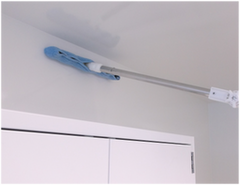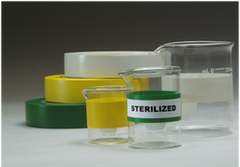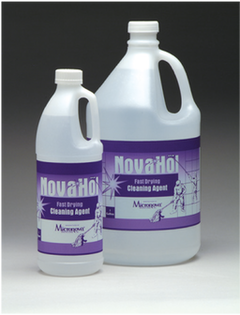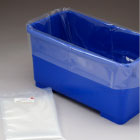Reliable
responsive
cost effective
FBI NGI June 2019 Fact Sheet Statistics:
• The FBI Next Generation Identification (NGI) database contains
the fingerprints of over 142.5 million individuals (both civil and
criminal).
• Over 97.6% of the Tenprint Rapsheet Request (TPRS) responses
were completed within 20 seconds. Fiscal Year 2019 Average
FREEDOM TO TRAVEL ABROAD
FBI Background Checks for Travel Visas
FBI fingerprint-based background checks are increasingly required for U.S. Citizens to live, work and travel overseas in many countries such as China, South Korea, Australia, South Africa, Spain and Israel.
Accurate Biometrics was the first authorized FBI Channeler, to provide access to FBI Identity History Summary Checks (IdHS), or Departmental Orders (556-73). For 20 years we have been a leader in the fingerprint industry with our technology capabilities, expertise and dedicated service to government agencies and private
industries.
Our expertise will assist your company:
- NEW! Accurate Biometrics is the first FBI Channeler approved to provide Cloud Channeling Technology
- Obtain access to Identity History Summary Checks for Visa requirements direct from the FBI CJIS
- National U.S. Collection Network, over 800 locations in 50 states
- SAME DAY International fingerprint card processing
- Customized solution-based service to public and private companies to meet their fingerprinting needs
For more information on how to improve your current fingerprint process, contact...
Will Peterson
Director of Business Development
708-887-9258
wpeterson@accuratebiometrics.com
AccurateBiometrics.com





